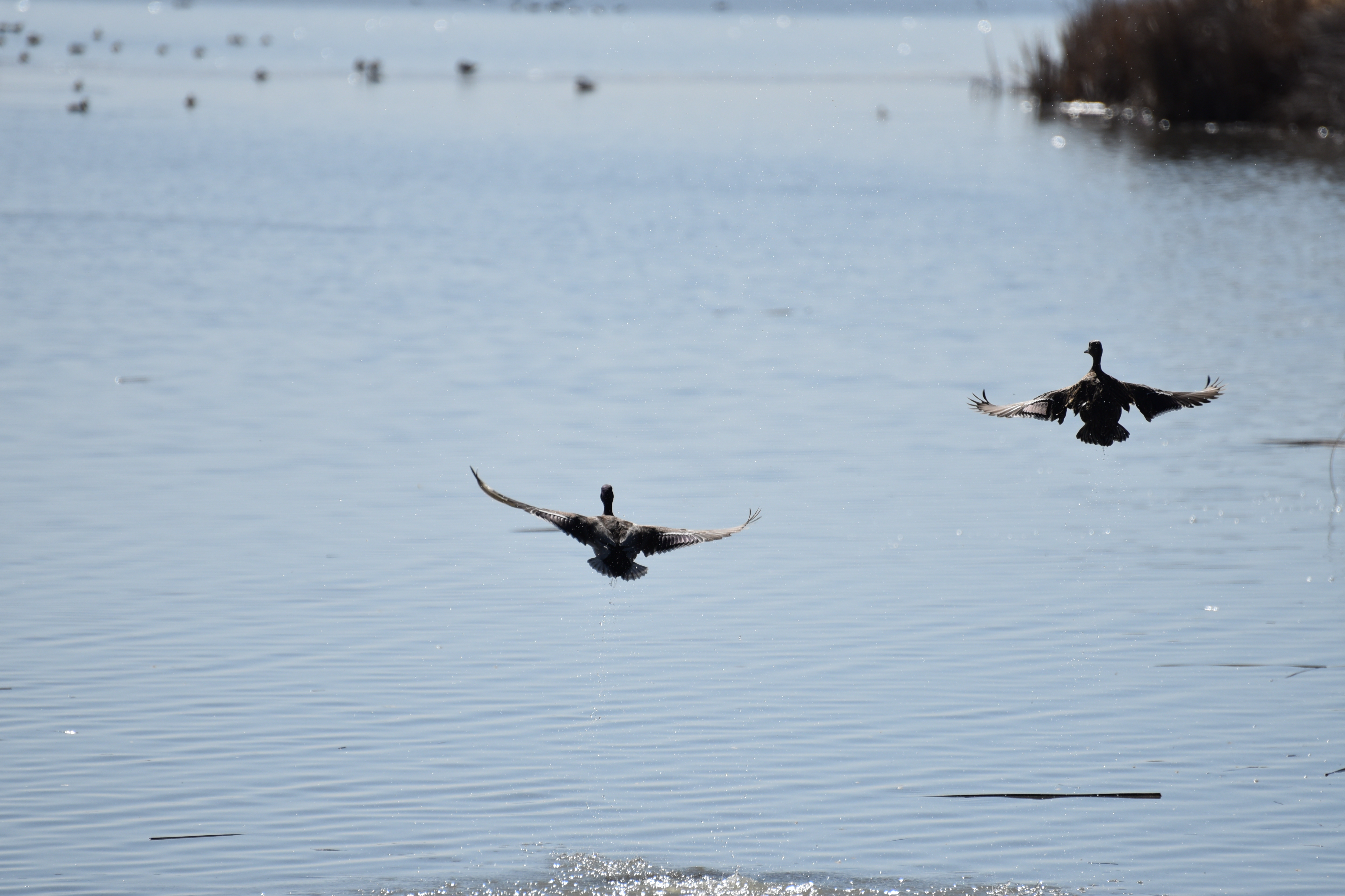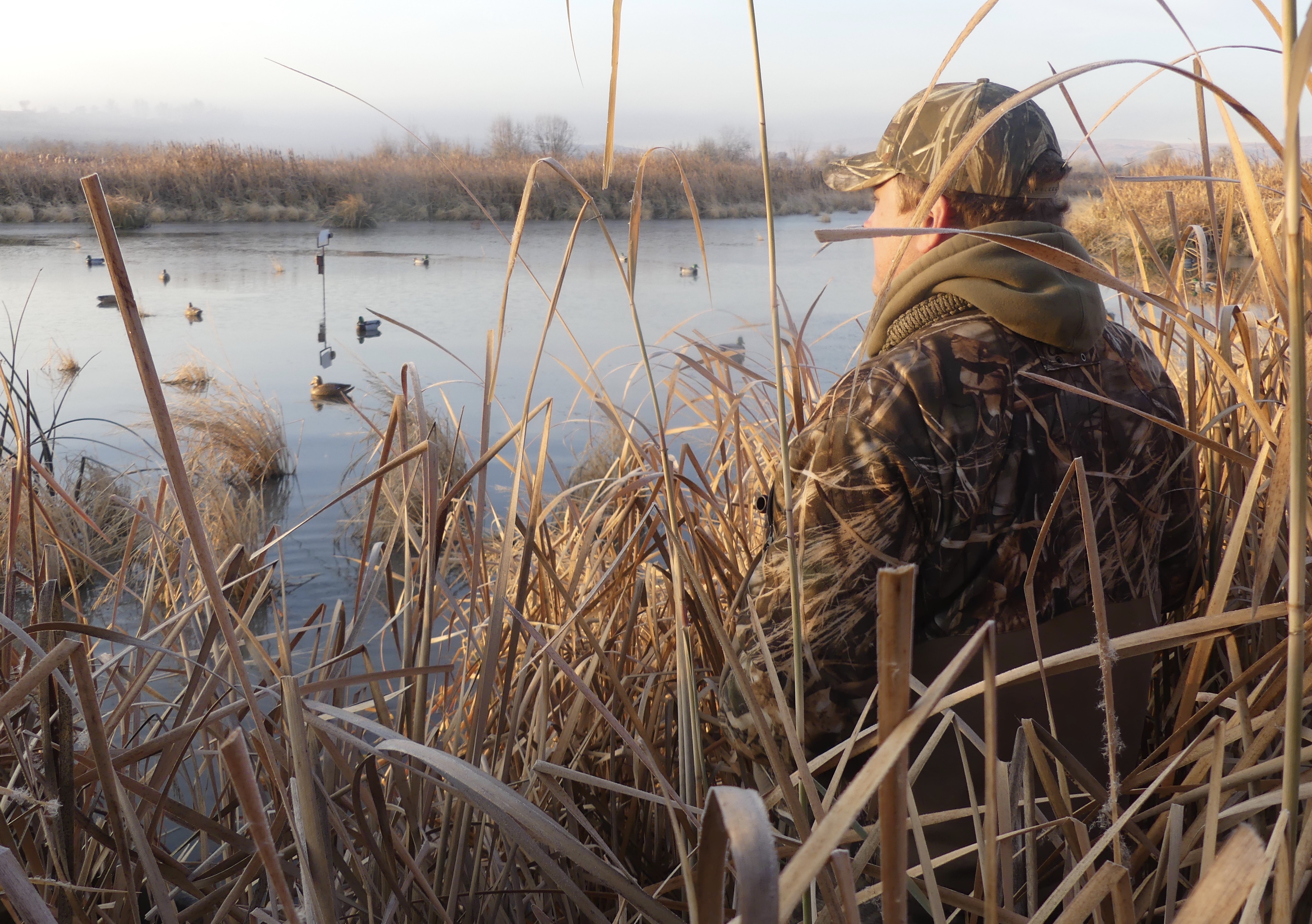The Southwest Idaho waterfowl season opened Thursday, Oct. 19, excluding Valley County, where the season has been open since Oct. 7. While some hunters may still be accustomed to the waterfowl season opener falling on a weekend, this is the third consecutive year in which the season has opened on Oct. 19.
Season dates were shifted later starting in the 2021-2022 waterfowl season, so that the 107-day season ends as late as allowed within the federal framework, on Jan. 31. A shorter scaup season opens on Nov. 7 in Area 1. The decision to shift season dates later was made after a survey of waterfowl hunters showed that a majority in Southwest Idaho prefer to hunt as late as possible.
For some parts of the state, including most of the Southwest Region, seasons for white-fronted geese and light geese (including Blue, Ross's and Snow Geese) start later than duck and Canada goose seasons, allowing for late season hunting opportunities. Hunters can find more information and area maps in the Idaho Migratory Game Bird 2023-24 Seasons & Rules booklet.
All hunters must have a valid hunting license or hunting passport, a Migratory Bird (HIP) permit, and hunters 16 years old or older must have a federal migratory bird stamp. Nontoxic shot is required to hunt waterfowl.



